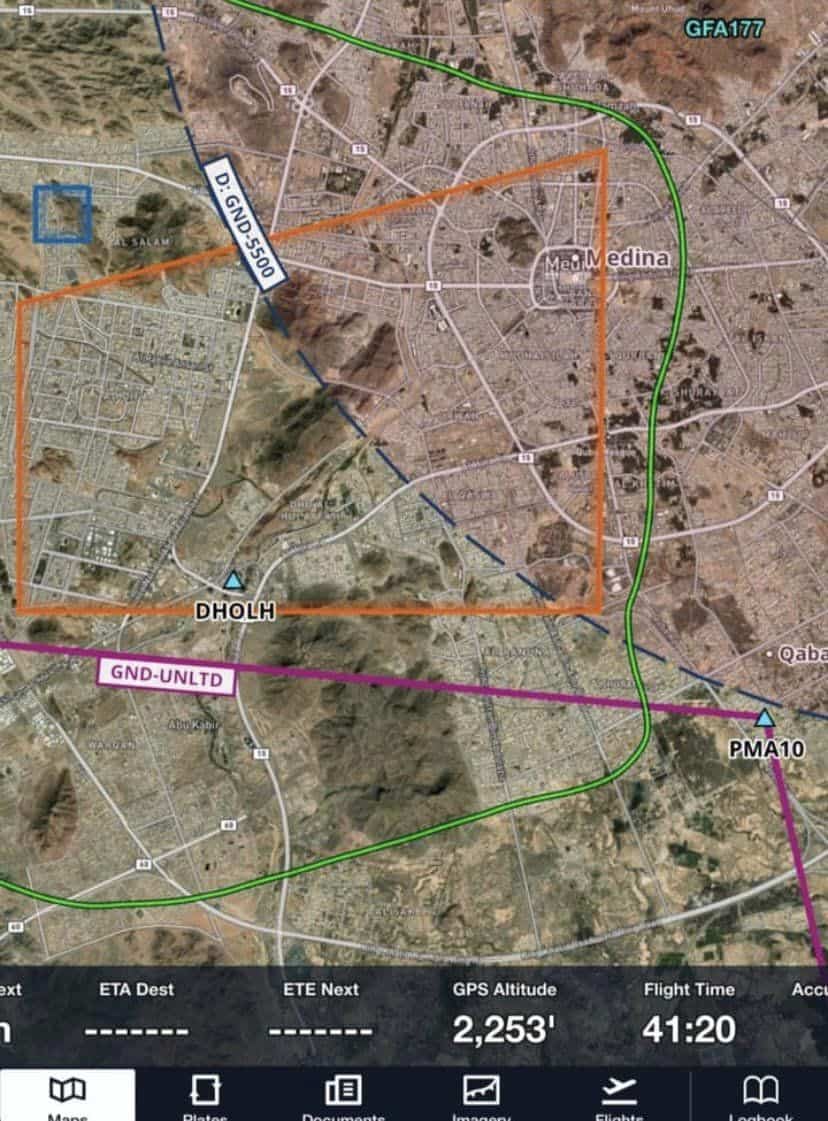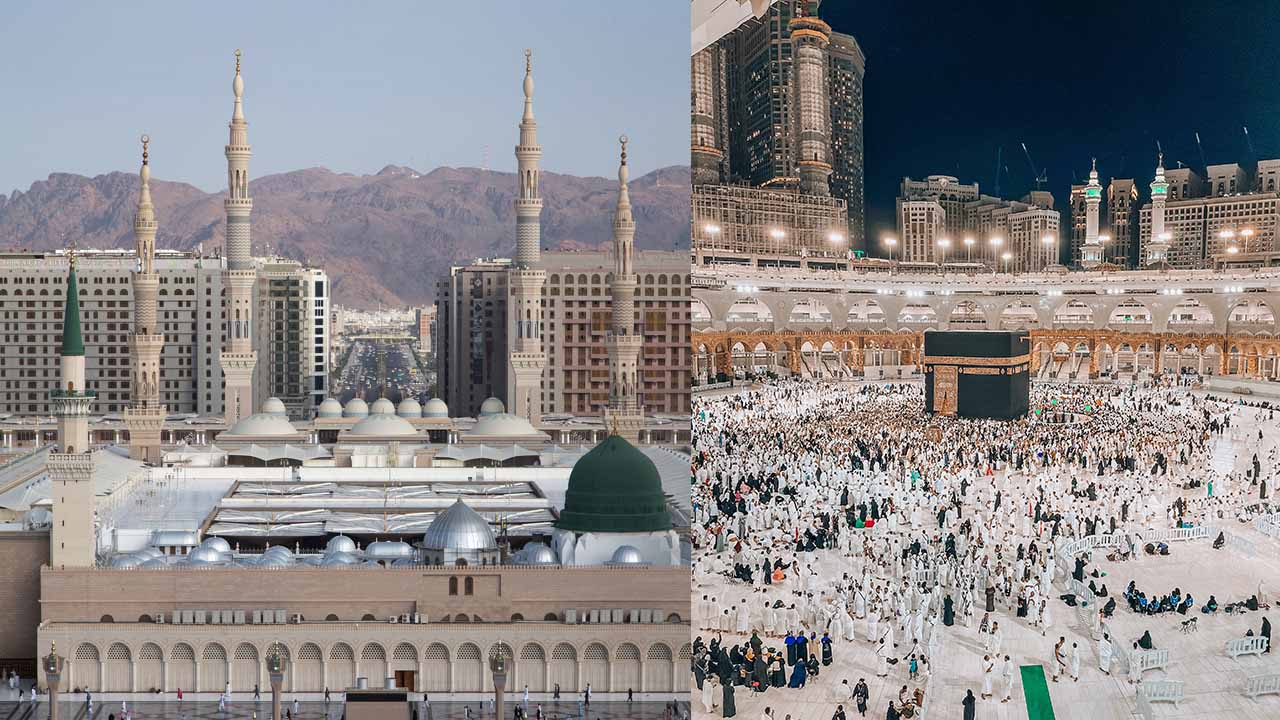The holiest places in Islam are Masjid Al Haram and Masjid Al Nabawi. Aviation authorities have set strict no-fly zones around these sites to maintain their reverence.
These limits are in place to avoid disturbances, noise pollution, and risks from endangering the sacred environment. Airlines, pilots, and aviation authorities must all work together to ensure that these standards are rigorously followed.
- Significance of the Holy Places
- The no Fly Zone
- Bottom line
Significance of the Holy Places
The Al Haram Mosque, also known as the Kaaba, is a symbol of the global Muslim community’s unity. It is thought to be the first site of worship established by Prophet Ibrahim (Abraham). Muslims also respect Medina’s Masjid Al Nabaw.
It is significant both historically and spiritually since it houses the tomb of Prophet Muhammad (peace be upon him). The solitude and stillness within Masjid Al-Nabawi’s walls make it a place of worship and contemplation.
The no Fly Zone
Aviation officials have set stringent no-fly zones around Masjid Al Haram and Masjid Al Nabawi to safeguard their holiness.

Authorities hope to avoid any restrictions, noise pollution, and other hazards that could damage the hallowed atmosphere by implementing flying limits.
This proactive approach not only ensures that Hajis have a quiet and spiritual experience, but it also implies a dedication to conserving the rich history and importance of Masjid Al-Nabawi and Masjid Al Haram. It is critical to follow these flight restrictions.
Airlines, pilots, and aviation authorities must all work together to ensure that laws around Masjid Al-Nabawi and Al Haram are rigorously followed. Violations can result in serious penalties, emphasizing how closely these limitations must be followed.
Radar monitoring, airline coordination, and tight observation all play important roles in guaranteeing compliance and preserving the integrity of these holy places.
Bottom line
Flying over the Islamic sacred sites without proper authorization is strictly prohibited and adherence to the designated no-fly zones is essential.
These limits are in place to avoid disturbances, noise pollution, and risks from disrupting the sacred environment.
Airlines, pilots, and aviation authorities demonstrate their commitment to respecting the religious and cultural significance of Masjid Al Haram and Masjid Al Nabawi by adhering to these requirements.





